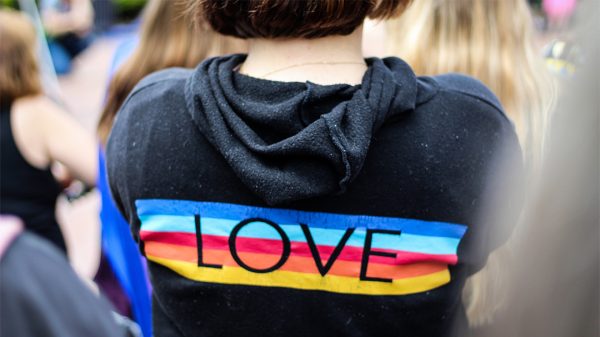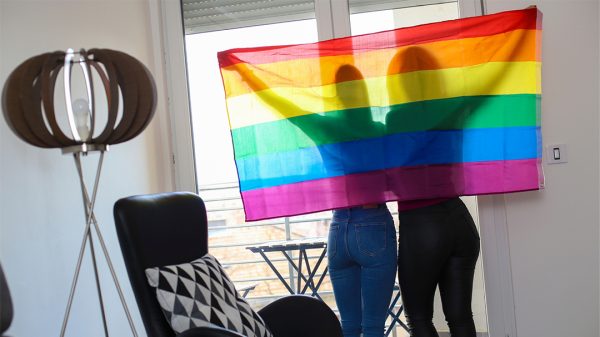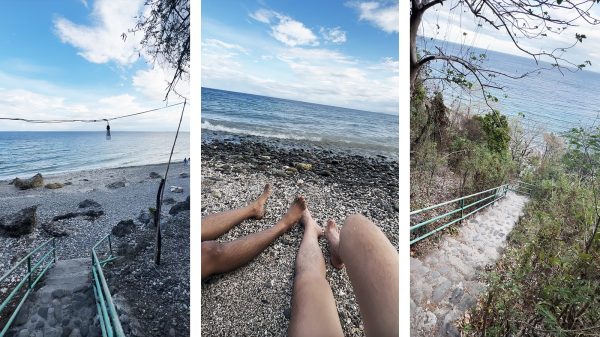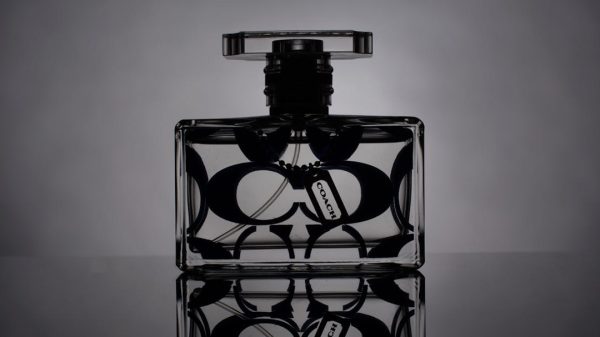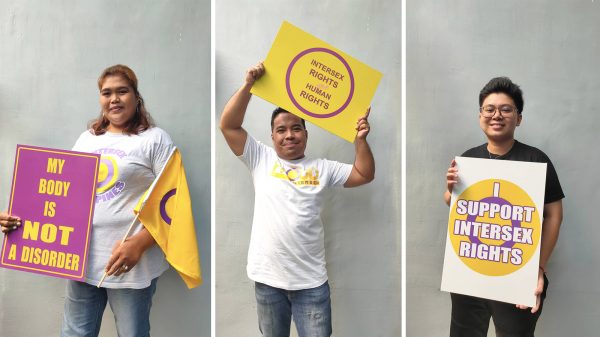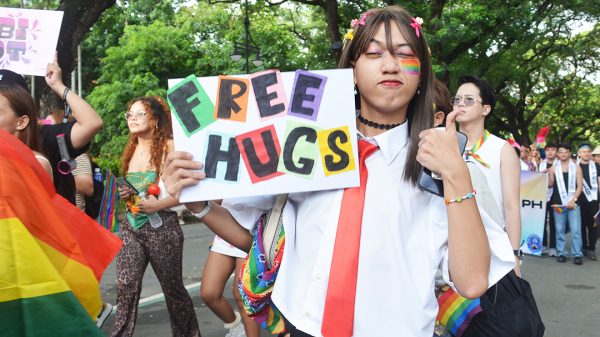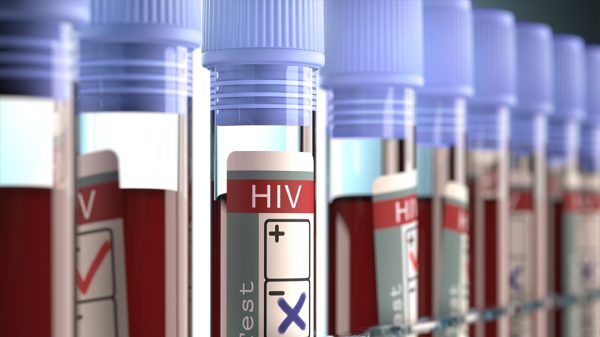Nowadays, it is widely believed that nightlife is at risk: the German concept of “Clubsterben” (the death of clubs) began circulating among nightlife and live music activists in the early 2010s. In the UK, too, live music venues have been closed in alarming numbers. This phenomenon has been explained by the lockdown measures of the COVID-19 pandemic, gentrification, and “touristification” – the process of creating spaces in cities specifically for tourism.
But in a case study – “Extracting the night: Cultural extractivism and urban nightlife in Helsinki” – that was published in City Culture and Society, researcher Giacomo Bottà from the University of the Arts Helsinki argued that changes in the status of nightlife and music should be understood through new economic processes and urban capitalism.
“Music and nightlife are valuable indicators of ‘raw materials’ in the form of human labor and atmospheres that are sought after, exploited, and used, regardless of the fragile ecosystems built around them,” Bottà said.
The Rise and Fall of Punavuori in Helsinki
From the 1990s onwards, Helsinki’s nightlife concentrated in Punavuori, a district near the city center. Originally, Punavuori was a dilapidated working-class neighborhood with small apartments. Cheap apartments and bars attracted young residents who were fond of urban life. Gradually, one of the main streets in the area, Iso Roobertinkatu, transformed into a lively nightlife hub with numerous clubs and bars.
After 2013, the area began to lose the operators that sustained its nightlife. The same happened in the city center, where in 2020, within just a few months, three major music club operators ceased their activities. The lucrative premises were left to hotel chains and companies renting out workspaces.
Nightlife as a Commodity Like Natural Resources
According to a city representative cited in the aforementioned research, the closures were due to various reasons, from changes in alcohol consumption to neighbors’ complaints about noise.
However, Bottà argued that the decline of vibrant nightlife is rooted in the way real estate investors first benefit from nightlife culture and then force industry operators out of the area.
When the area’s nightlife with its clubs and bars thrives, real estate investment companies can maximize their profits by raising rents for operators and the area’s urban, young residents. When wealthy residents of the area complain about noise, real estate companies silence the nightlife, or operators are forced to move elsewhere due to excessively high rents.
Bottà compared this process to the exploitation of natural resources, extractivism. The value produced by the activity is transferred elsewhere, while the spaces empty out and communities disintegrate.
Kallio in Helsinki Also Gentrifies
The same process has also occurred in Kallio since the late 2000s. Kallio is another old working-class neighborhood in Helsinki, with many small and cheap apartments. A vibrant cluster of clubs and bars emerged there, just as it did earlier in Punavuori. The neighborhood, associated with drug trade and deprivation, has gradually gentrified. New residential areas like Kalasatama and Konepaja have emerged and rent levels have risen.
Bottà predicted that Kallio will face the same development as Punavuori.
Underground Culture as a Counterforce
The research saw hope for the continuation of nightlife in nighttime and DIY electronic music events held in occupied or rented buildings, as well as in city parks and outdoor areas. Such events have been organized for several years.
According to Bottà, underground parties began as a reaction to the mainstreaming of techno clubs. During the COVID-19 pandemic, outdoor parties were organized across Europe, from London and Berlin to Vilnius and Madrid. The laws of economic impact, growth, and profit did not apply to underground parties, so they were able to create tools that might influence future club culture and activate skills and resources to resist the draining effect of large commercial operators.
In Bottà’s article, DJs spoke of the summer of 2020 during the COVID-19 pandemic as a liberating time when the commercialism and gatekeeping of live music were temporarily out of play. Events were held outdoors in green areas during Helsinki’s bright nights. The curation of music, spontaneity, and randomness fed the core of live music: hanging out, dancing, and enjoying the moment.
“DIY and minimalist solutions offer an antidote to potential exploitation. They keep the commercial and logistical dimensions of events to a minimum,” Bottà said.
Cities Must React
According to the research, underground nightlife plays a crucial role in promoting alternative, creative, and sustainable practices to save vibrant nightlife. Bottà argued that these practices should be recognized and supported, but lasting solutions require broader measures from cities aimed at creating a more equitable and just urban environment.
“Without a larger systemic change, nightlife will continue to suffer. Urban planning measures are not enough; stronger means are needed to combat the exploitation of urban capitalism.”

